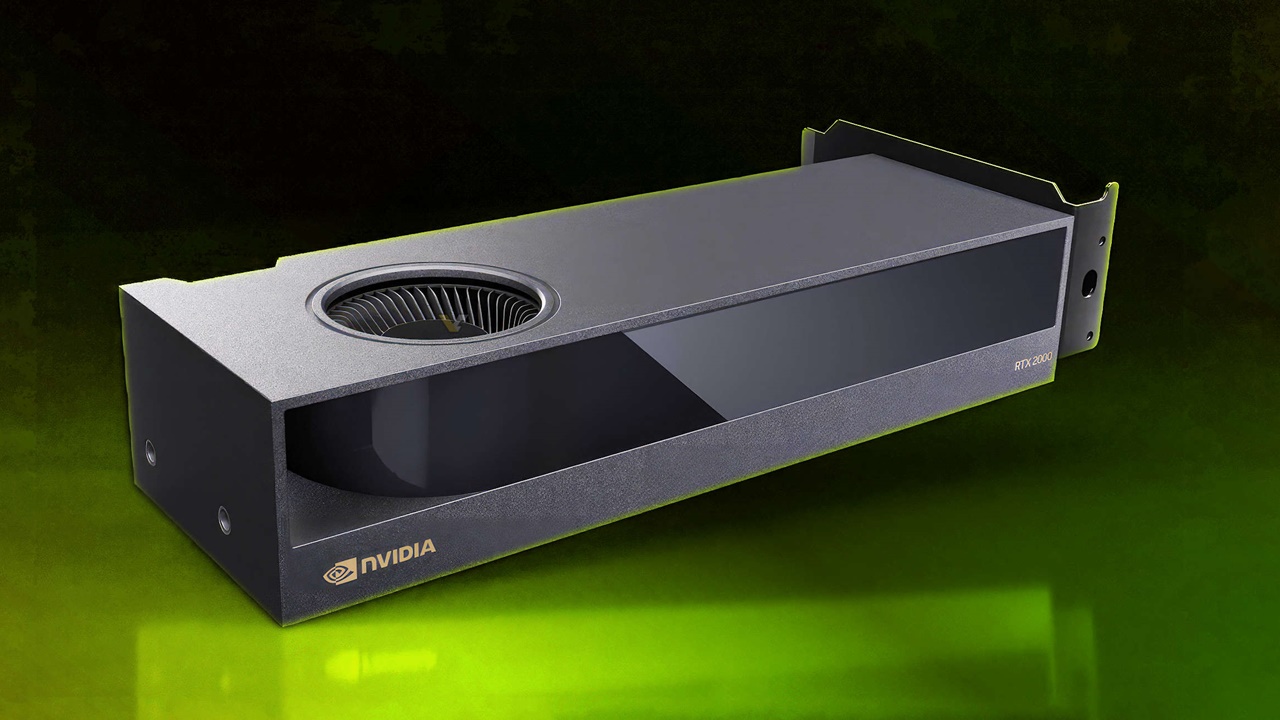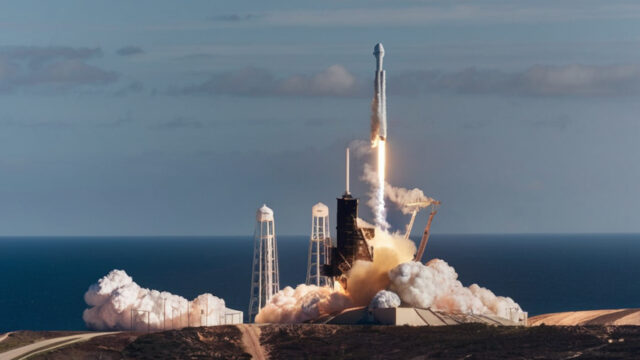NVIDIA has launched RTX 2000 ADA Generation, the latest addition to its line of graphics cards for workstations. Built on the Ada Lovelace architecture, RTX 2000 promises upgraded performance for content creators and workstations. NVIDIA has also made some adjustments to pricing.
What does NVIDIA RTX 2000 ADA Generation promise?
The seventh model in NVIDIA’s RTX workstation lineup comes with the AD107 GPU in the RTX 2000 series. According to the company, it will be used for professional tasks such as 3D modeling, rendering and video streaming. It offers up to 1.5x increased performance compared to its predecessor, the RTX A2000.
Featuring third-generation RT cores, RTX 2000 ADA Generation offers up to 1.7x faster ray-tracing for photorealistic rendering. And fourth-generation Tensor cores boost AI throughput by up to 1.8x.
RTX 2000 can operate with only 70 watts of power. It also includes 16 GB GDDR6 memory, 4 GB more than the RTX A2000. It can run four 4K displays at 120 Hz or two 8K monitors at 60 Hz. Additional features include DLSS 3 and an advanced AV1 video encoder.
Beyond content creation, NVIDIA said RTX 2000 can be used in embedded systems and edge computing. Its powerful yet efficient design will find a place in industries such as healthcare, manufacturing and retail. It will help real-time data processing and AI-driven businesses.
The new RTX 2000 ADA Generation price is set at 625 dollars. With the new model, NVIDIA aims to expand its leadership in the professional workstation market.














